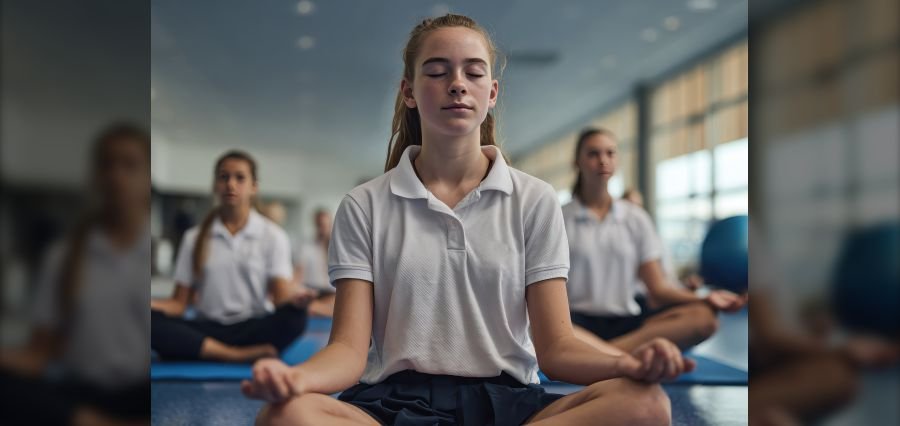Prime Highlights:
- Over one million US students have participated in school-based mindfulness programs aimed at reducing stress and improving focus.
- While results remain mixed, experts emphasize that with proper age-appropriate methods and trained instructors, mindfulness could strengthen attention, emotional regulation, and academic performance.
Key Facts:
- A 2022 middle school trial found no measurable benefits, highlighting the need for better content design and implementation.
- The CDC has recommended mindfulness as one of six strategies to support youth mental health nationwide.
Background
Mindfulness is steadily finding its place in US classrooms, as schools look for new ways to help children manage stress, improve focus, and build emotional strength. Researchers estimate that more than one million students have already taken part in some form of school-based mindfulness program.
Mindfulness, defined by scientist Jon Kabat-Zinn as “paying attention in the present moment, on purpose and without judgment,” takes many forms in schools. Students may learn guided breathing, short meditations, yoga poses, or even empathy-based lessons. The survey of 12 most used programs (2023) was highly diverse; some courses took fewer than 3 weeks, and others provided up to 44 lessons in an academic year.
The results so far are mixed. Smaller studies show improvements in attention, self-control, and classroom behavior, while larger studies, including a 2022 middle school trial, found no measurable benefits. According to experts, the uneven results might be due to content that is not suitable within the age groups or the time spent practicing it.
Despite the challenges, researchers stress that the potential payoff is high. Enhancements in executive processes, such as attention and emotional regulation, would benefit students and teachers by improving academic performance and minimizing stress. The Centers for Disease Control and Prevention has even recommended mindfulness as one of six strategies to support youth mental health.
It requires a proper implementation to succeed. According to experts, to realize long-lasting benefits, children require age-related exercises, professional trainers, and practice. Devoid of these, mindfulness will be treated as a temporary trend.
For now, mindfulness represents a quiet but growing shift in US education, one that could shape how the next generation learns, focuses, and responds to life’s pressures.








